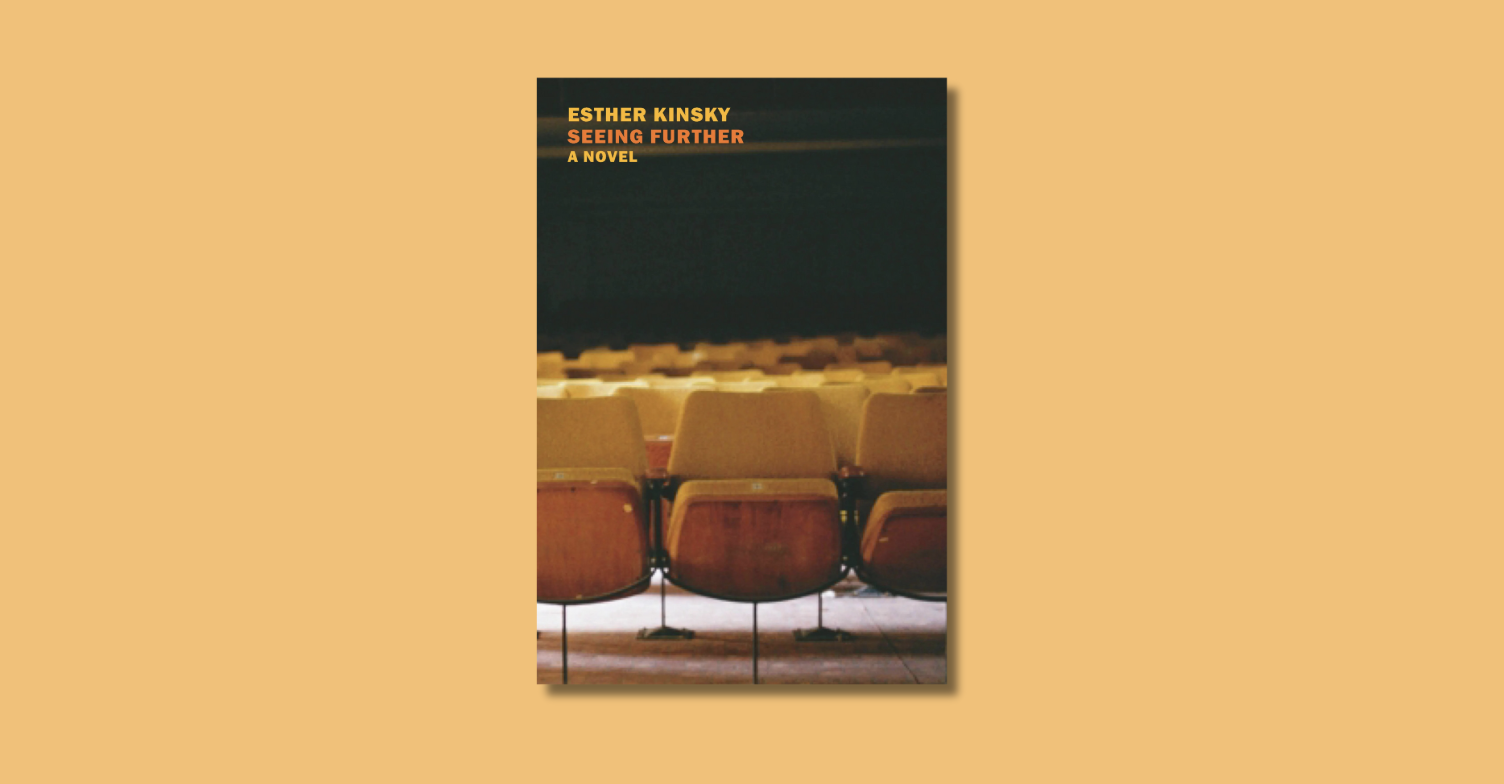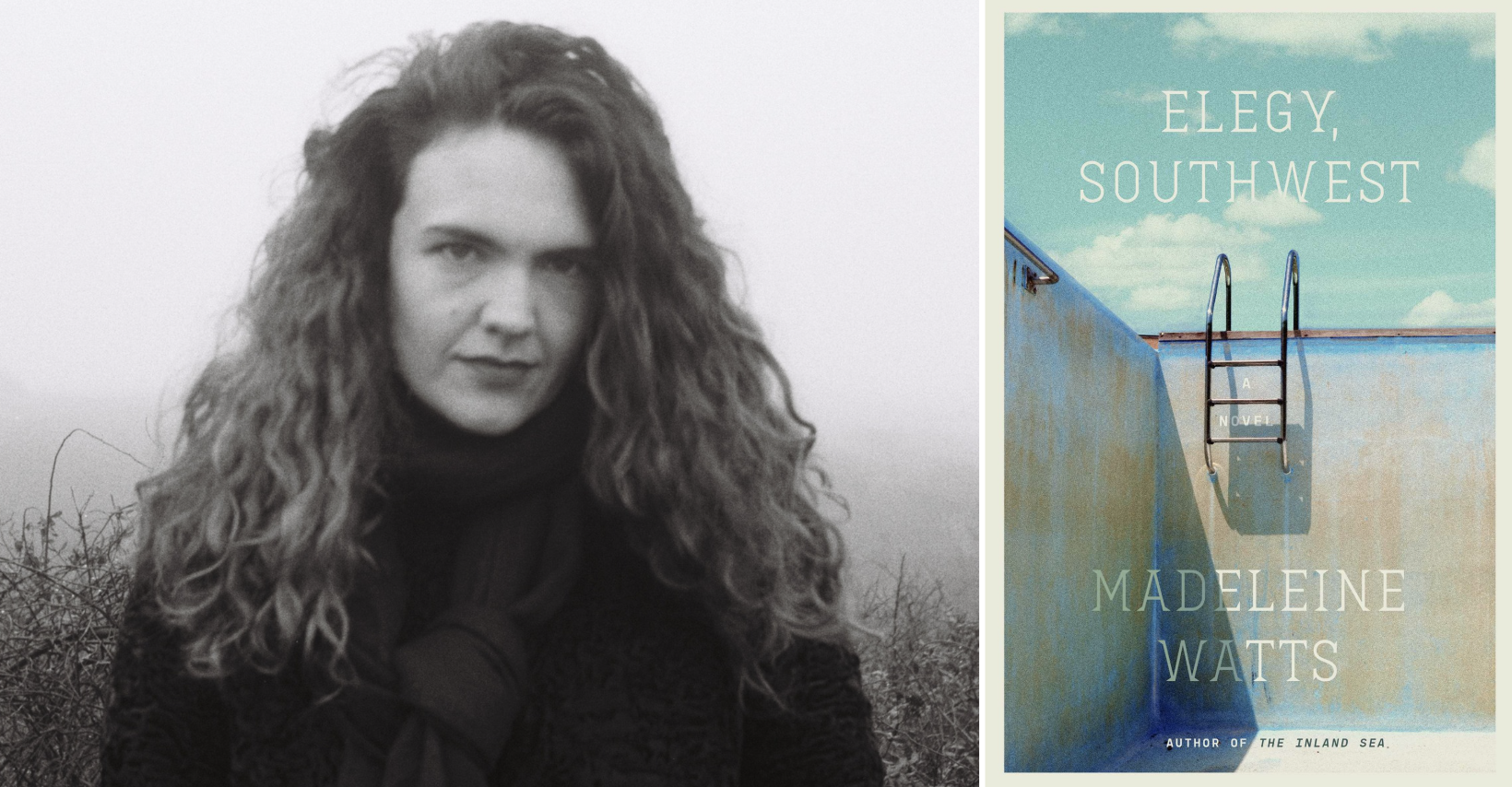
I recently moved to a new apartment, which gave me an excuse to pursue, without guilt, my favorite procrastination activity: reorganizing my bookshelf. It also forced me to go through each and every one of my books and ask hard questions like, am I really ever going to read The Forsyte Saga? (Answer: It’s been up there for 10 years, but maybe? I kept it.) Or: will I ever reread Middlemarch, and if so, will I want to use this yellowed paperback with a taped spine that I got for free off of a stoop? (Answer: No. If a person returns to Middlemarch, they deserve a fresh copy, possibly a reissue with interesting new cover art.)

 On my old shelves, my books were organized into four broad genres: fiction, nonfiction, plays, and poetry. Fiction was arranged by date published, nonfiction by subject area, and plays and poetry were not in any particular order. On my new shelf, I stuck with my broad genres, and within each one, I kept things simple and organized everything alphabetically. Boring, but effective. But part of the fun of reorganizing your books is considering all your options, so here are 10 organizational strategies for the next time you find yourself in the throes of moving, decluttering, or, if you’re anything like me, procrastinating.
On my old shelves, my books were organized into four broad genres: fiction, nonfiction, plays, and poetry. Fiction was arranged by date published, nonfiction by subject area, and plays and poetry were not in any particular order. On my new shelf, I stuck with my broad genres, and within each one, I kept things simple and organized everything alphabetically. Boring, but effective. But part of the fun of reorganizing your books is considering all your options, so here are 10 organizational strategies for the next time you find yourself in the throes of moving, decluttering, or, if you’re anything like me, procrastinating.
1. Chronologically, by Date Published
As I mentioned above, this is how I have arranged the majority of my books for the past decade. It’s kind of a pretentious way to shelve your collection, and to make it even more pretentious, I got the idea secondhand, from a literary memoir. (I can’t remember whose memoir anymore.) But this method ended up working for me for two reasons: 1) the act of putting my books on the shelf in order helped me to remember history, and to get a better sense of which writers were writing and publishing at the same time, and perhaps influencing one another; and 2) when I add books to my collection, they’re usually brand-new, published recently, and it’s easier to just plunk them down on the end of the shelf rather than finding a place for them alphabetically.
2. By Color
If you have a large number of books, this is an extremely silly way to organize your bookshelf. I know, because I tried it once. I have a good memory for covers and I thought it would be an intuitive way to find my books—and would look pretty, too. What I didn’t realize is that the spines of books are sometimes a different color from the front covers. I found myself spending a lot of time looking for, say, a book I was certain was red, only to discover that its spine was blue. But, if you really love putting things in rainbow order, and you have a small number of books that you know well, this could be a visually striking way to arrange your shelves.
3. Artful Piles
 I’ve seen this in design magazines and once when I was visiting a fancy Nolita loft, where tall stacks of art books were arranged in uneven piles on a long bench. It reminded me—not unpleasantly—of the scene in The Great Gatsby when Nick Carraway visits Gatsby’s library and discovers that none of the pages of the books have been cut for reading. So if you have a lot of beautiful books that are just for show, artful piles might be the way to go.
I’ve seen this in design magazines and once when I was visiting a fancy Nolita loft, where tall stacks of art books were arranged in uneven piles on a long bench. It reminded me—not unpleasantly—of the scene in The Great Gatsby when Nick Carraway visits Gatsby’s library and discovers that none of the pages of the books have been cut for reading. So if you have a lot of beautiful books that are just for show, artful piles might be the way to go.
4. By Subject/Genre
If you’re a collector of books on a particular subject, or a big fan of a particular genre, this is probably the most satisfying way to arrange your books. It’s also a good way to organize your books if you don’t have a good memory for titles and authors. I group my nonfiction books by subject because I don’t always remember nonfiction authors and titles as readily as writers of fiction. My subjects are: History, Criticism/Literary Interest, New York City, and Art/Design. (I debated giving memoirs, letters, and journals their own nonfiction subject area but ultimately decided to shelve them with fiction, since in many cases, I’m most interested in the memoirs of authors whose fiction I admire.) A handful of my books don’t fit into any of those categories, and they are stacked up vertically in a miscellaneous pile, near the art books.
5. Geographically
I’ve never seen anyone organize books this way, but why not? The question is, when you’re organizing geographically, do you go by the author’s place of birth or the particular place that an author is associated with? For example, would Joseph Mitchell be a New York writer or a southern writer? What about Ernest Hemingway? The Midwest, Florida Keys, or Spain? Another option would be to organize by the geographical setting of a particular book, which is somewhat more definitive, though many books are located in multiple locations and/or fictional places. A compromise might be to devote a section on your bookshelf to one particular geographical area.
6. In Order of Importance and/or Goodness
This could be a good way to start debates among guests. It also could be a good way to kill a rainy afternoon.
7. Secretively
If you don’t want anyone to know what you’re reading and/or if you don’t care about being able to find your books, you can place them on the shelves so that the spines are facing the wall. This will give your shelves a soothing, monochromatic look. It will also make it difficult for people to borrow books from you.
8. Alphabetically
This is the obvious, most boring method, but it might be the friendliest, too. Anyone looking for a book in your library will be able to find it. It’s kind of interesting, too, to see who ends up next to each other.
9. Randomly
You don’t have to organize your books at all. You can shelve them in no particular order, like Pamela Paul, New York Times Book Review editor: “What I like about that disorder is that it allows that element of surprise and serendipity.” Personally, I couldn’t stand to do this at home, but I do enjoy perusing the strange mix of books that you find in beach houses and summer cottages, for the way it always leads to an unexpected choice.
10. Autobiographically

 Credit for this idea must be given to the film High Fidelity (based on the Nick Hornby’s novel by the same name). Post break-up, a lovelorn record store owner, Rob, decides to reorganize his record collection autobiographically. He arranges his records in an order that only he can understand, the key to which are his life experiences and personal obsessions. He explains to a friend, “If I want to find the song “Landslide,” by Fleetwood Mac, I have to remember that I bought it for someone in the fall of 1983 pile, but didn’t give it to them for personal reasons.”
Credit for this idea must be given to the film High Fidelity (based on the Nick Hornby’s novel by the same name). Post break-up, a lovelorn record store owner, Rob, decides to reorganize his record collection autobiographically. He arranges his records in an order that only he can understand, the key to which are his life experiences and personal obsessions. He explains to a friend, “If I want to find the song “Landslide,” by Fleetwood Mac, I have to remember that I bought it for someone in the fall of 1983 pile, but didn’t give it to them for personal reasons.”
It could be argued that every bookshelf, like every piece of writing, is autobiographical, even with its veneer of objective organization, but I admit I can see the nostalgic appeal in consciously organizing my books according to the stages of my life. I’m not sure how I would end up grouping my books, but it would be interesting to think back on all the people—family members, teachers, friends, writers—who have influenced my reading, the classes I’ve taken, the authors I’ve met, the booklists I’ve clipped, and the summers I’ve whiled away. I’d also have to reckon with some of the less flattering aspects of my bookshelf, like the fact that a certain number of books will always remain unread, and another, larger percentage will never be reread because my hope of returning to them “one day” has nothing to do with a desire to reengage with the author, but instead, to return to a certain period of my life, a frame of mind, or even a particular person or place. To shelve autobiographically is to embark on a journey of self-examination, which is why I’m saving it for when I undergo a midlife crisis—or maybe when I move to a bigger apartment.
Image Credit: Wikimedia Commons.








